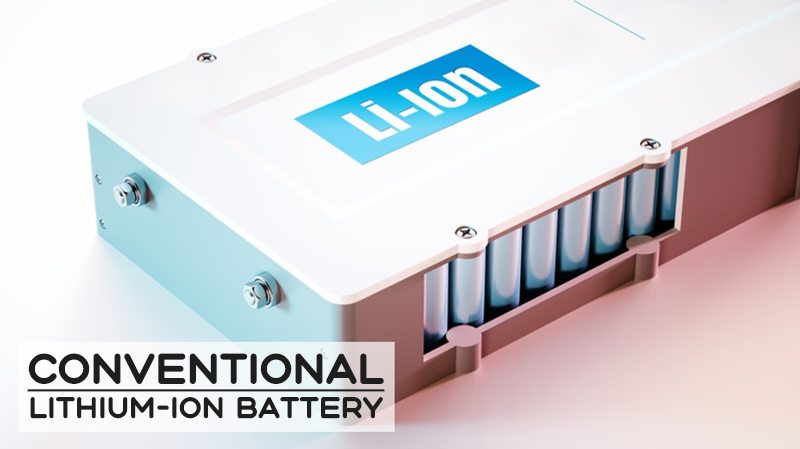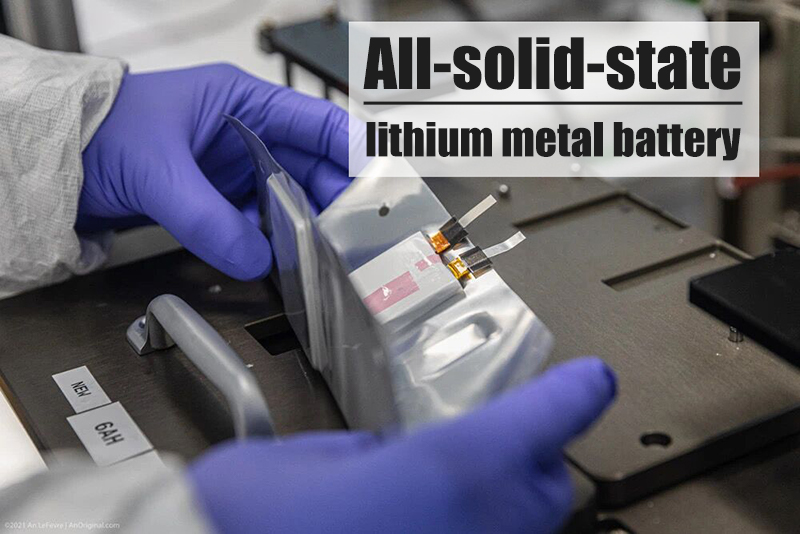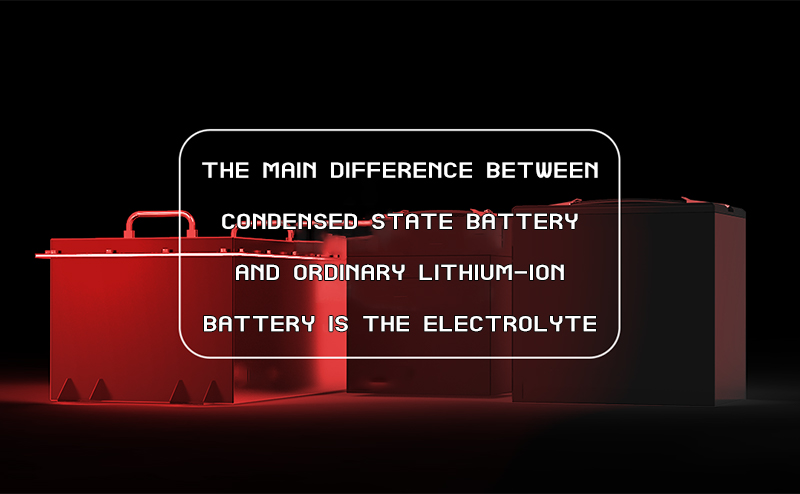
Main content:
On June 25, 2022, the chairman of CATL revealed that in addition to all solid state battery and semi-solid-state battery, CATL also has related layouts for condensed state battery. The expert said that the innovation of the power battery chemical system, the innovation of the structure, the innovation of the manufacturing, and the innovation of the business model can be integrated to promote the development of the new energy vehicle industry. Regarding the condensed state battery of the CATL, its specific type has not yet been determined. This article will provide a detailed analysis of condensed state battery technology to help you understand more about condensed state battery.
To distinguish from the state of matter, matter can be divided into gaseous, liquid, solid, plasma, gel and so on. The so-called condensed state battery should refer to the gel state battery. The gel state means that the colloidal particles or polymers in the sol or solution are connected to each other under certain conditions to form a spatial network structure. The compound forms a complex with the metal cation in the metal salt, and such a special dispersion system is called a gel. The inside of the gel often contains liquid, the viscosity is very large, and the fluidity is lost, and the whole system becomes an elastic semi-solid with a uniform appearance and a certain shape.
The basic unit of the battery core is generally composed of the following areas: (1) current collector; (2) anode; (3) separator; (4) cathode; (5) electrolyte, which is filled in the pores of the positive and anodes and the separator. Different types of batteries (mainly taking lithium batteries as an example) can be divided into the following types from the physical composition of positive and anodes, separators and electrolytes:
1.Conventional lithium-ion battery

- The cathodeand anode are solid porous electrodes composed of active particles, conductive agents and binders, and the pores are filled with liquid electrolyte;
- The separator is also composed of a solid porous polymer membrane and a liquid electrolyte filled in the pores, which only conducts lithium ions and isolates electrons.
2.Gel polymer separator battery
- The cathodeand anode are solid porous electrodes, and the pores are filled with liquid electrolyte;
- The separator is a gel electrolyte, and the polymer polymers are interconnected to form a three-dimensional network structure. The pores are filled with an electrolyte that cannot flow to form a gel electrolyte, which conducts lithium ions and isolates electrons.
3.Gel electrode battery
- Both cathodeand anode are composed of gel electrodes. The polymer binders are connected to each other to form a spatial network structure. The active particles and conductive agents are embedded in the network structure. The structural voids are filled with electrolyte, but the electrode viscosity is very high. It becomes an elastic semi-solid with a uniform appearance and maintains a certain shape;
- The separatoris a gel electrolyte, and the polymer polymers are interconnected to form a three-dimensional network structure, and the pores are filled with an electrolyte that cannot flow to form a gel electrolyte that conducts lithium ions and isolates electrons.
4.Semi-solid lithium metal battery
- The anodeis composed of solid metal lithium, which becomes a place for receiving lithium ions;
- The cathodeis a solid porous electrode containing a solid electrolyte, and a small amount of liquid electrolyte filled in the pores, which also contains electrons and lithium ion conduction;
- The separator is composed of a solid electrolyte, which can pass lithium ions and isolate electrons.
5.All-solid-state lithium metal battery

- The anode of a solid-state lithium-ion battery composed of solid metal lithium and becomes a place for receiving lithium ions;
- The cathodeis all composed of solid electrodes, which also contain solid electrolyte components that conduct lithium ions, which can conduct electrons and lithium ions at the same time;
- The separator is made of solid state electrodes. The electrolyte is composed of lithium ions that can pass through and isolate electrons.
6.Slurry battery
- The cathode and anode are suspension slurry, which contains active material solid particles, conductive agent solid particles and a large amount of liquid electrolyte, the solid particles conduct electrons, and the electrolyte conducts lithium ions;
- The separator is composed of a solid polymer porous membrane , the pores are filled with electrolyte, which can conduct lithium ions and isolate electrons.
7.Flow battery
- The cathode and anode are both liquid electrodes, the active material is dissolved in the liquid, the electrolyte conducts ions, the current collector is a porous material, and an electrode reaction occurs at the current collector interface;
- The separator is composed of a proton exchange membrane, which can only conduct electricity. Pass hydrogen ions, and isolate electrons and other large ions.

8.Metal-empty batteries
- The anode is composed of solid metal and becomes a place for receiving metal ions;
- The cathode is composed of porous carbon absorbing oxygen in the air. The oxygen in the air gains or loses electrons to participate in the electrode reaction, and the electrode reaction only occurs at the carbon material interface;
- The separator is composed of a common separator or a solid electrolyte, which can pass lithium ions and isolate electrons.
Therefore, the condensed state battery in the CATL may refer to the following two types:
- Gel polymer separator battery
The separator is a gel electrolyte, which contains a liquid electrolyte that cannot flow, but can transmit lithium ions; while the electrode is still a traditional electrode, a solid porous electrode, and the pores are filled with electrolyte.
- Gel electrode battery
The separator is a gel electrolyte, and the cathode and anode are also in a gel state. The inter-connected network space structure is filled with an electrolyte that cannot flow. The polymer is complexed with metal ions, and the gel electrolyte can conduct lithium ions.

Among them, the first one is less difficult and has been reported in many literatures. What CATL mentioned is more likely to be the second condensed state battery. In fact, there have been previous reports that Samsung has been pushing condensed state battery. The biggest difference between gel batteries and ordinary lithium-ion batteries is the electrolyte of the condensed state battery. The main function of the electrolyte in the condensed state battery is to conduct ions.
In the production process of best lithium batteries, the cathode and anode are assembled and then injected, while the electrolyte of the condensed state battery has been added during the preparation of the pole piece, and the electrolyte of the condensed state battery is not in a liquid state. A jelly-like electrolyte (filled in the voids of electrodes and separators in an immobile state, and the polymer complexes with metal ions to form a gel state). With this electrolyte, the safety performance of the condensed state battery will be greatly improved.
















